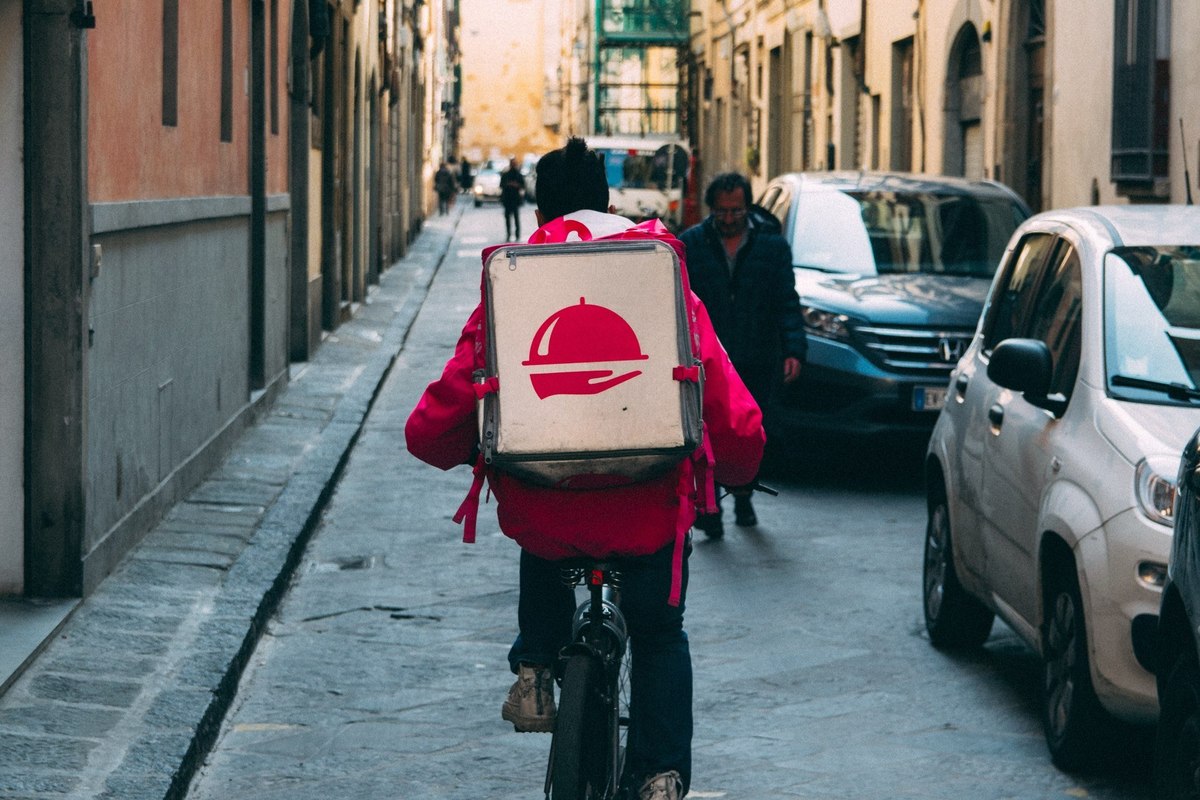
Exploring America’s Appetite for Food Delivery Apps
In a relatively short time, food delivery apps have become a staple for many Americans. Data from YouGov Profiles – our audience profiling tool - provides a detailed look at how often Americans use these services, who is most likely to reach for an app to order food, and the preferred platforms across different demographics.
Young, urban and married: who’s using delivery apps most
Food delivery apps are not just a convenience but a regular part of dining habits for many. More than a quarter of Americans (28.2%) use these services at least once a week, while 44.0% use them less frequently. However, another quarter (24.5%) have never used a food delivery app, telling us that a significant portion of the population remains untapped by these platforms.
Our data shows that delivery apps are most popular with the younger generations, with nearly two in five Gen Z and Millennials ordering from them at least one per week. This number drops sharply to 21.5% among Gen X and to 10.0% among Baby Boomers.
The frequency of using food delivery services varies significantly based on where people live. Urban residents lead the pack with 39.2% using these apps weekly, compared to only 15.3% in rural areas. Suburb dwellers (24.2%) and townsfolk (21.2%) fall between these two extremes. These stark differences perhaps underscore the accessibility and variety of options available in denser metropolitan areas.
Being married also correlates strongly with delivery app use, but it’s not obvious immediately. Overall, single and married consumers both use these apps at least weekly at roughly the same rate (30.9% and 30.5%, respectively.) However, this result is likely affected by the age of users, with older users being both more likely to be married and less likely to use delivery apps.
When we analyze individual generations, married people use delivery platforms much more than their single peers. Among married Gen Z-ers, 56.2% order from apps at least weekly compared to only 37.5% of single people. Among Millennials, that ratio is 48.5% to 31.8%. The difference is not quite as stark in Gen X, where 25.0% of married respondents are regular users compared to 20.1% of others.
Preferred platforms and demographic preferences
Of five food delivery apps tracked by YouGov, DoorDash and Uber Eats have the highest overall Consideration scores, with 27.4% and 24.1% respectively. Consideration is the proportion of respondents who would consider a brand next time they’re in the market. These two apps are even more popular in urban areas, with DoorDash seeing a 31.9% Consideration rate and Uber Eats at 30.1%. Grubhub maintains a steady interest across different residential areas, with a 12.6% consideration rate in cities and 7.1% in rural areas.
Demographic differences also play a significant role in app preference. Younger generations, especially Gen Z and Millennials, show the highest consideration for DoorDash and Uber Eats. DoorDash achieves a 33.4% consideration rate among Gen Z, compared to only 14% among Baby Boomers. Similarly, Uber Eats garners a 32.1% consideration rate among Gen Z compared to 22.9% among Gen X and only 10.7% with Baby Boomers. Grubhub, however, is more popular among older consumers while being mostly neglected by Gen Z.
Food delivery apps have woven themselves into the fabric of American dining, especially among urban dwellers and younger generations. In 2025, these apps are not only for takeaway meals; some consumers are using them to shop for groceries too. For example, 6.6% of Americans now use Uber Eats to buy groceries and household items. DoorDash, which is also trying to break into the grocery delivery market has persuaded 7.8% of Americans to try this service. As these services continue to evolve, understanding the demographic nuances can help marketers and app developers better cater to the diverse needs of the American public.
Methodology: YouGov Profiles is based on continuously collected data and rolling surveys, rather than from a single limited questionnaire. Profiles data for the US is nationally representative of the online population and weighted by age, gender, education, region, and race. Learn more about Profiles.